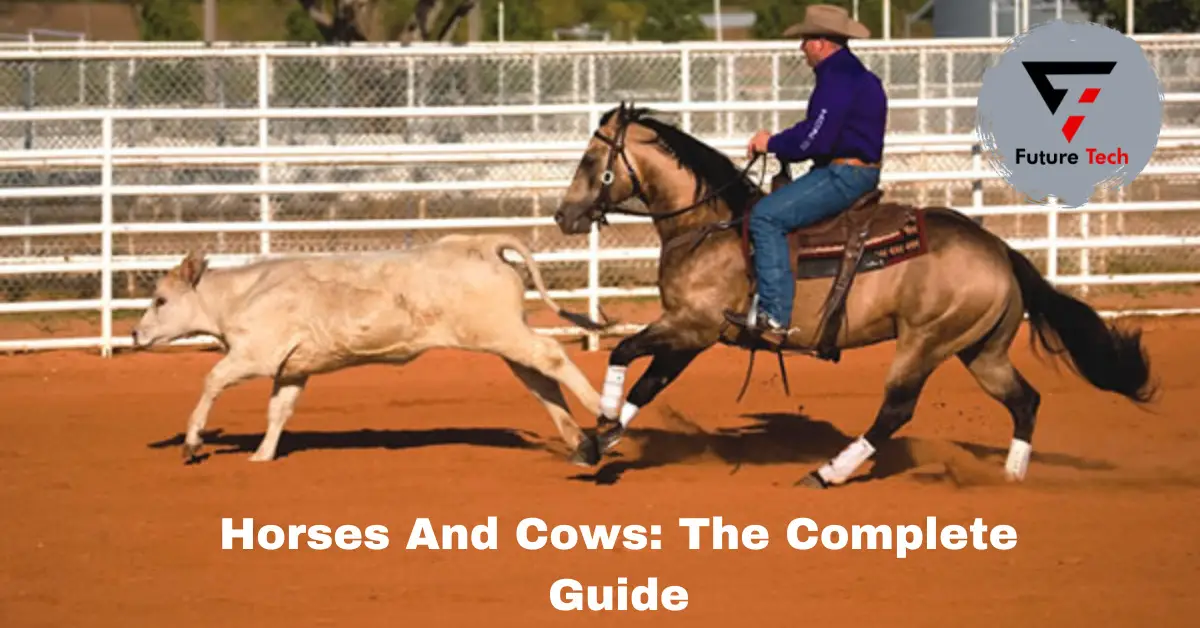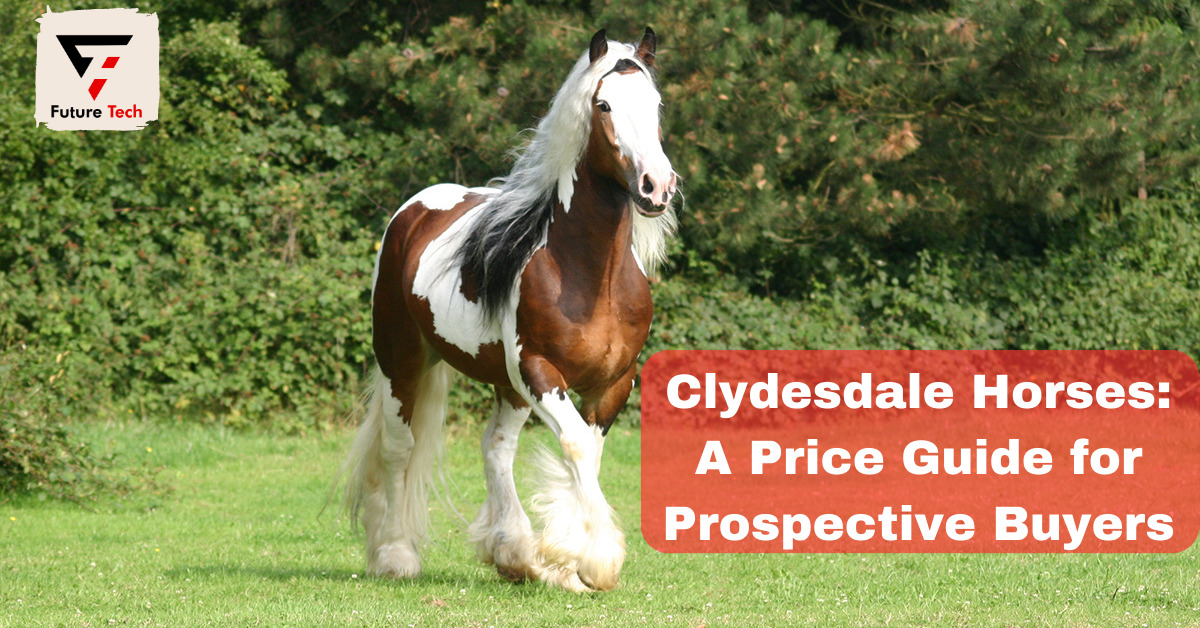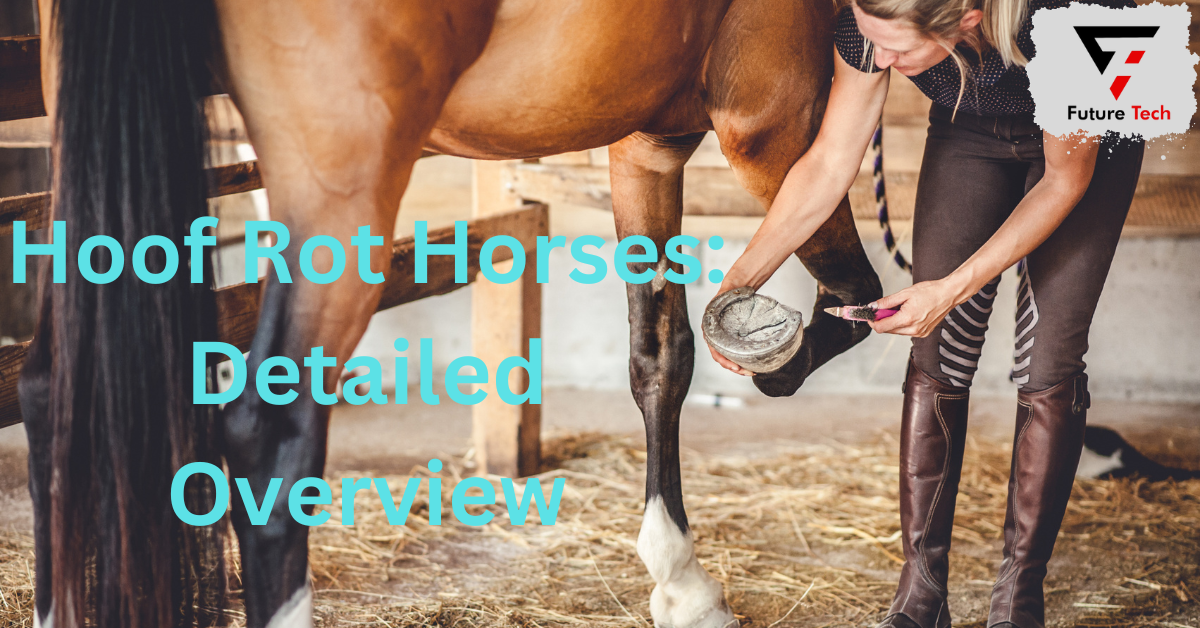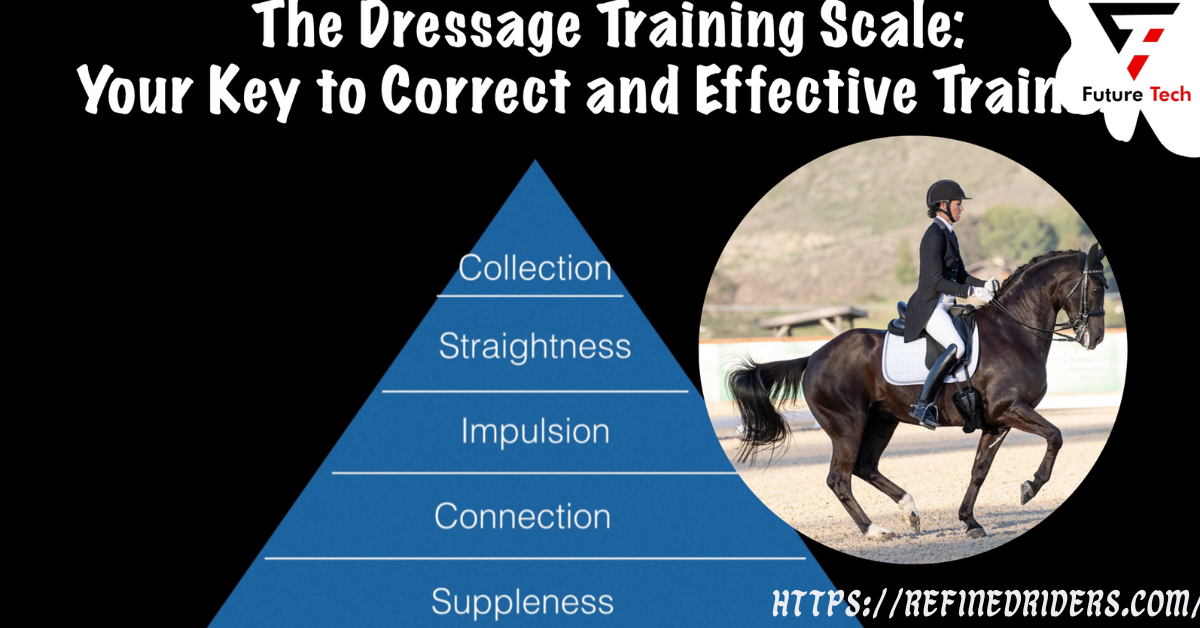Horses and cows have a long and complicated relationship with humans, becoming domesticated thousands of years ago for labor, transportation, agricultural production, sport, and friendship. For similar purposes, horses and cows have different names in human civilization. Several monuments commemorating mounted troops featured exquisite horses, representing power, speed, and humanity’s dominance over the natural world. Sturdy cows provide us with essential milk and meat, immortalized in picturesque rural settings, and figure in highly revered sacred iconography in all major world faiths.
This creative writing assignment will look at the many roles that horses and cows have played throughout history and how each species’ unique traits have helped them adapt to the changing needs of human civilization. Other roles emerged as some previous vocations became antiquated owing to technological advancements. This study’s historical contributions and contemporary methodologies will help us understand the long-lasting relationship between humans and our two most well-known domesticated animals, the horse and the cow. This work aimed to celebrate the unique features and synergy between people, horses, and cows to restore respect for these creatures that last.
How Horses and Cows Are Similarly
Although they constitute different creatures, certain unquestionable parallels exist between cows and horses.
1. They Both Consume Hay and Grass.
Both grass and hay remain the favorite foods of horses and cows. Forage—plant material—is what they both need to maintain healthy digestive tracts. The majority of the fiber in their regular diets comes from forage.
2. Each of Them Has Hooves
Both horses and cows have hooved feet. This indicates that the tips of each of their feet have a hoof. Their keratin hoof serves as a protective covering for their feet when they move. Animals only have one toe on each foot, whereas cattle have two. (See the source.)
3. Both of Them Are Herd Animals
Given that they are herd animals, horses, and cows would much rather live in herds of like animals than on their own.
Even if it means coexisting with cattle of other species, it’s still better than living by themselves. In a herd, animals form organic social structures and defend one another against apex predators. (Refer to source)
4. Both of them have become eaters
Horses and cows are grazers, meaning they would instead graze on grass when it becomes available. They will feed in big herds, covering great distances to find grass.
5. You Can Think of Them As Livestock.
Livestock or domesticated animals kept for a specific purpose, includes horses and cattle in the United States. Raising and breeding cattle is primarily for money, meat, and milk. It’s a common practice to keep horses for agricultural labor, riding, and famous bloodlines. (Refer to source)
What Distinctions Exist Between Horses and Cows?
Horses and cows vary in several ways despite certain similarities. They are neither superior nor inferior to one another because of their disparities.
1. There are distinctions in Their Teeth
Horses have front teeth in both their upper and lower jaws. The front teeth of a cow lie in the bottom of its mouth. Horses have more teeth than most cows because of this.
2. The Way They Consume Grass Differs
Even though they both consume grass, horses and cows consume it differently. Horses grasp the grass at its roots and tear it from the earth. Cows use tongues to nibble the grass closer to the top since they lack upper front teeth.
3. Their Digestive Systems Are Different
Horses and cows have very different digestive systems. Being ruminants, cows first digest their food in a rumen. In addition to their massive intake, horses have hindgut digestion, where fermentation occurs in the cecum. [Refer to source]
4. Different Fencing Exists for Them.
Compared to most horses, cows need a more substantial fence. To keep cattle contained, particularly if they have a bull, cattle producers often need to employ barbed wire, cattle fence, electric fencing, or a combination of all four. Wooden fencing or high-tensile tape constitute typical options for the safe confinement of horses.
5. They Require Distinct Sorts of Hay
Cows are capable of safely consuming and digesting low-quality hay. This could mean hay with stalky vegetation kept from being left outside and rained on.
For horses, only the best quality hay ought to be provided. Moldy hay from dampness could prove dangerous for horses’ digestive systems.
Do Horses Qualify as Cattle?
Cattle and horses weren’t the same thing. The animal family Equidae includes horses. Cows belong to the Bovinae animal family, making up an entirely distinct animal family.
Can Cattle and Horses Coexist?
Indeed, on occasion! Generally, equestrian animals get along well. But the occasional disagreement or incident does happen. Others and bulls are incompatible. More frequently than you may expect, ranchers find that the animals and cattle can live harmoniously together in the same pasture. It’s essential to remember that horned cattle may sometimes pose a hazard to horses, mainly if the animals don’t get along.
The advantages and disadvantages of Allowing Cows and Horses to Graze Together
Letting your horses and cows graze together is okay, but you must be cautious. To prepare your facility for a mixed herd, the following list addresses some of the most critical health and safety issues.
Examine the benefits and drawbacks before combining your horses and cows to see whether this is the best course of action for you:
Advantages
- Combining your cattle helps them socialize if you have a small herd. Horses and cows are herd animals that yearn for company. Without pals, they will experience sadness and loneliness. Thus, allowing your horse to graze among the cows can keep it happy if you have a single horse and plenty of cows, for example.
- Combining them may result in space savings.
- When you don’t need to keep your horses and cows apart, letting fields rest is more spartan.
- Horses are often pickier and avoid certain places. Horse poop leaves behind, but cattle don’t give a damn and will eat it all. This may reduce the need for pruning and mowing.
- They draw in and transport a variety of parasites, some of which can stop their counterparts’ parasites from reproducing. This preserves the health of all people.
Disadvantages
- Cows that consume better-quality hay than they require might result in financial waste.
- Horses with more dominance may “herd” the cows and move them around. Not only may this be irritating, but it might make it more difficult to weigh thinner animals.
- Cows may sometimes nibble on the tips of horses’ tails because they find them attractive. This usually doesn’t affect horses, although it may appear raggedy. Show horses should avoid using it.
- You may need to take additional measures and dedicate time to separate them for grain feedings throughout the day.
- There will be more flies than usual, so prepare your horses for them.
Although these lists aren’t all-inclusive, they provide a decent picture of what happens when horses vs cows share a grazing area. Since every person’s circumstances are unique, this may aid you in choosing what’s best for you and your pets!
Furthermore, your horse may find companionship with animals other than cows. Your horse may find solace from stress by spending time with a goat. Here’s additional information regarding goats’ soothing influence on horses.
Summary
Horses and cows have a complex relationship with humans, having been domesticated for various purposes such as labor, transportation, agricultural production, sport, and friendship. Both species have hooved feet, are herd animals, and graze on grass. However, they have distinct differences, such as having more teeth in horses, different digestion systems, different fencing, and different types of hay. The cows have hindgut digestion, but horses have ruminant digestion. Cows need a more robust fence, but horses require a more massive one. Milk cows may safely eat low-quality hay, while horses must have high-quality hay. This study aims to celebrate the unique features and synergy between humans, horses, and cows to restore respect for these creatures.
In some situations, equestrian animals may cohabit. To protect their health and safety, they must use caution. Other advantages include reduced need for trimming and mowing, space savings, and animal socialization. Consequences include pain from cows nibbling on horses’ tails, possible herding by dominant animals, and financial loss from cows eating better-quality hay. Goat company may also be a source of comfort for animals since it helps reduce tension.




